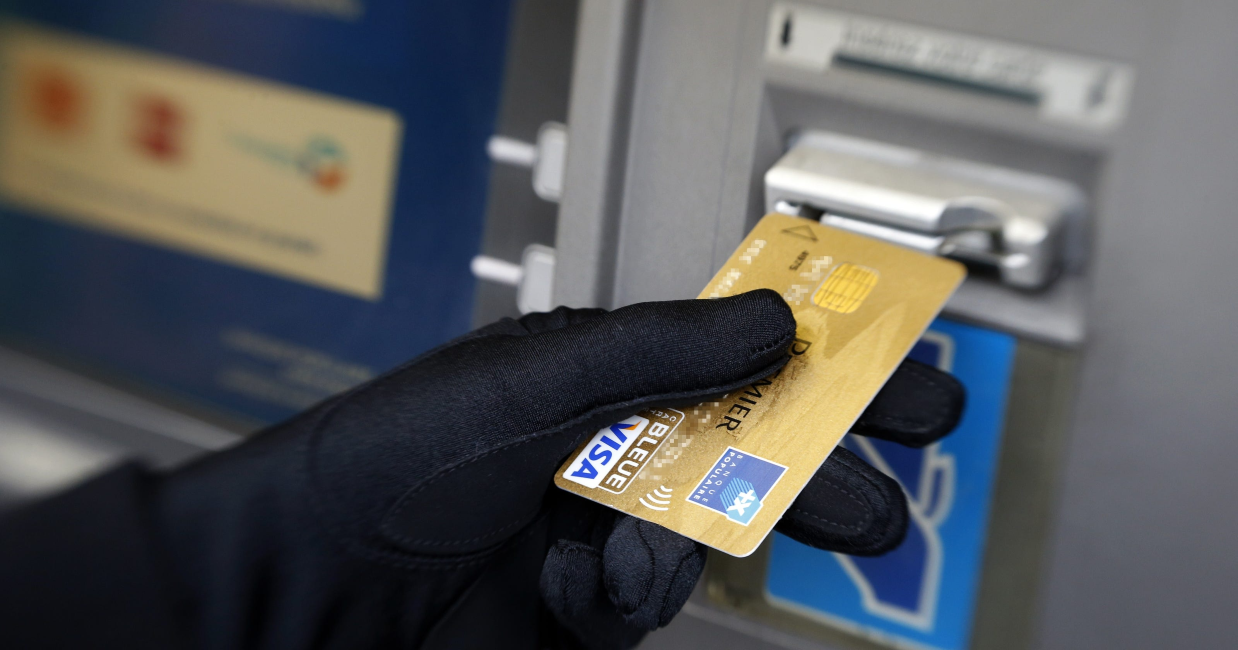As technology advances, so do the methods used by fraudsters to steal money and personal information from unsuspecting victims. Credit frauds are among the most prevalent forms of fraud, and they continue to evolve and become more sophisticated. In this article, we will explore some of the latest credit card frauds to be aware of and offer tips on how to protect yourself.
- Social Engineering Fraud
Social Engineering Frauds are a type of fraud were scammers trick victims into divulging personal information. The scammers typically pose as someone else, such as a bank representative, and use social engineering tactics to gain the victim's trust. They may ask for sensitive information, such as account numbers or passwords, or convince the victim to transfer money.
One example of a social engineering fraud is phishing. Phishing fraud involves sending emails or text messages that appear to be from a legitimate source, such as a bank. The message may ask the recipient to click on a link or download an attachment, which then installs malware on their device. The malware can then steal personal information, including login credentials and national identification numbers.
To protect yourself from social engineering frauds, be wary of any unsolicited requests for personal information. Do not click on links or download attachments from unknown sources, and always verify the legitimacy of any emails or text messages before responding.
2. Card Skimming
Card Skimming is a form of credit card fraud where thieves install devices on Automated Teller Machines (ATM) to steal banking information. The device, called a skimmer, reads the magnetic stripe on the bank card (ATM card), and stores the information. The thief can then use the stolen information to make fraudulent purchases.
To avoid falling victim to card skimming, always inspect ATMs before using them. Use ATMs located in well-lit and busy areas and cover the keypad when entering your PIN.
3. Account Takeover Fraud
Account Takeover Fraud occurs when a fraudster gains access to a victim's financial accounts, such as a bank account. The fraudster can use various methods to gain access, such as phishing, malware, or social engineering tactics. Once they have access, they can make unauthorized purchases, transfer funds, or change account settings.
To protect yourself from account takeover fraud, monitor your accounts regularly for any unauthorized activity. Use strong and unique passwords for each account and enable two-factor authentication whenever possible. Do not share your account login information with anyone and be wary of any unsolicited requests for personal information.
4. Synthetic Identity Theft
Synthetic Identity Theft is a form of credit fraud were fraudsters create a fake identity using a combination of real and fake information. They may use a Bank Verification Number (BVN) or National Identity Number (NIN) and combine it with fake names, addresses, and other personal information to create a new identity. They then use this identity to apply for loans, or other financial accounts.
In addition to the safety tips outlined, monitoring your credit report regularly for any suspicious activity. Consider setting up monitors and alerts on your credit profile to get notified of changes to your profile as well as requesting for your credit report and score at least twice a year.
In conclusion, credit frauds are becoming more sophisticated, and it is important to stay vigilant to protect yourself from fraudsters. By being aware of the latest credit frauds and taking steps to protect your personal and financial information, you can reduce the risk of becoming a victim of credit fraud. If you suspect that you have been a victim of credit fraud, contact your financial institution and credit bureau immediately to report the fraud and take steps to protect your accounts.
Download the CRC Mobile App today to get started
References;
- How to Reduce Your Risk of Credit Card Fraud (https://dfi.wa.gov/financial-education/information/how-reduce-your-risk-credit-card-fraud)
- How to Prevent Credit Card Fraud (https://www.nerdwallet.com/article/credit-cards/protect-against-credit-card-fraud)
